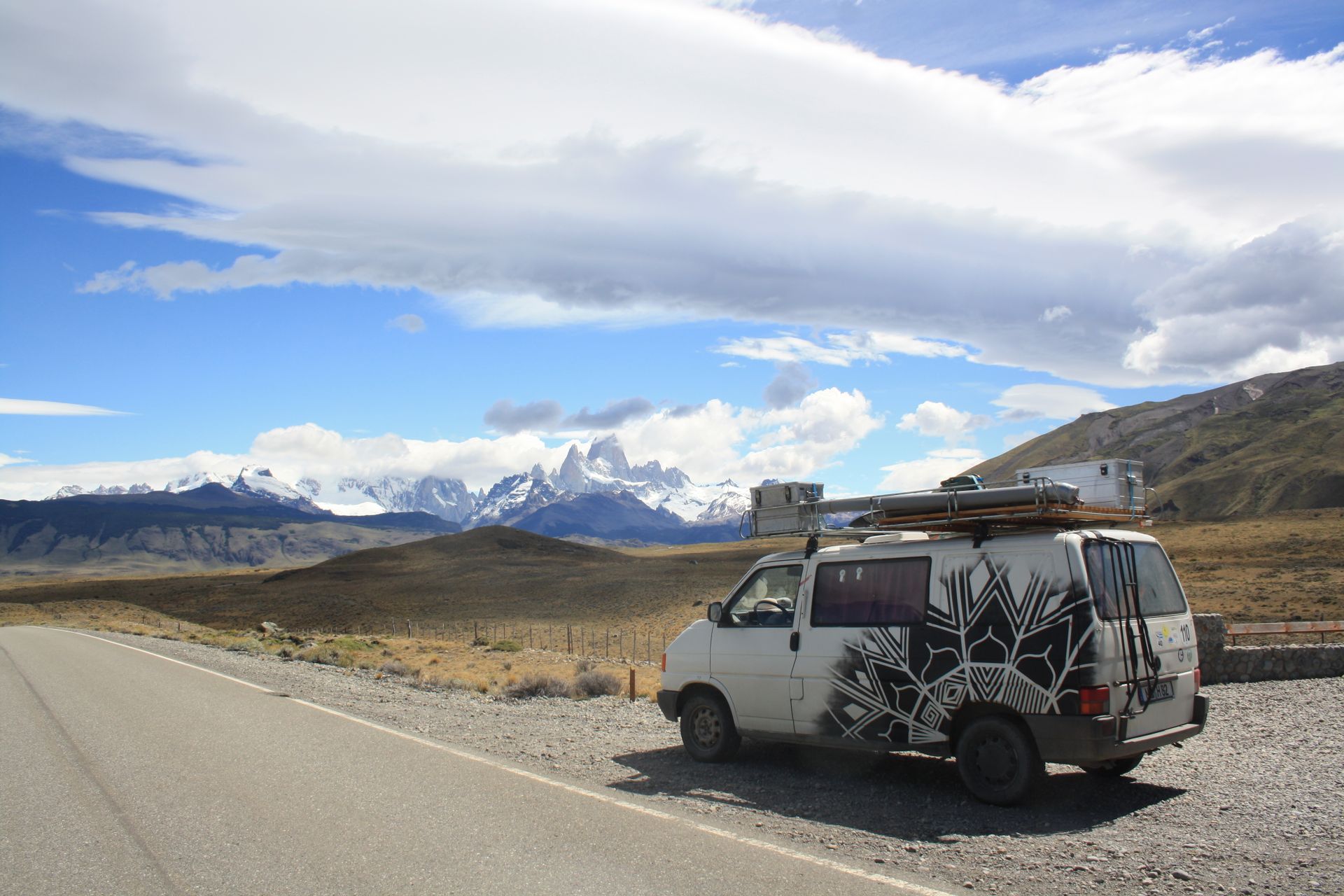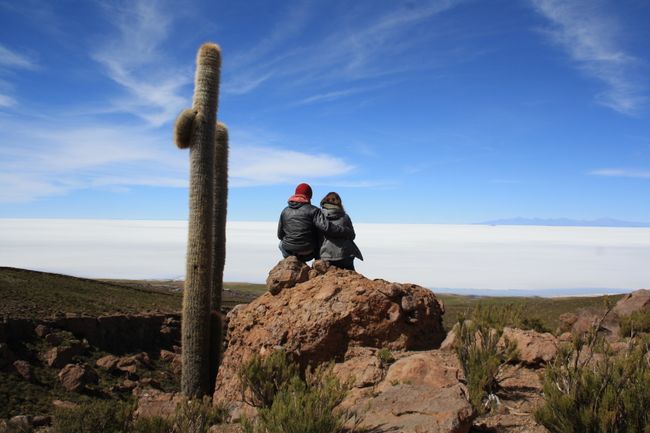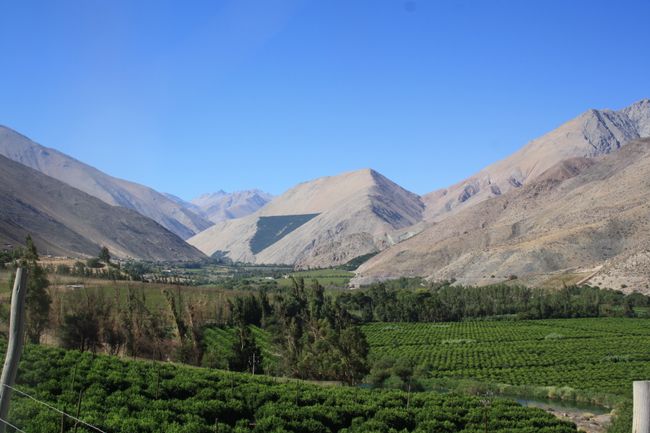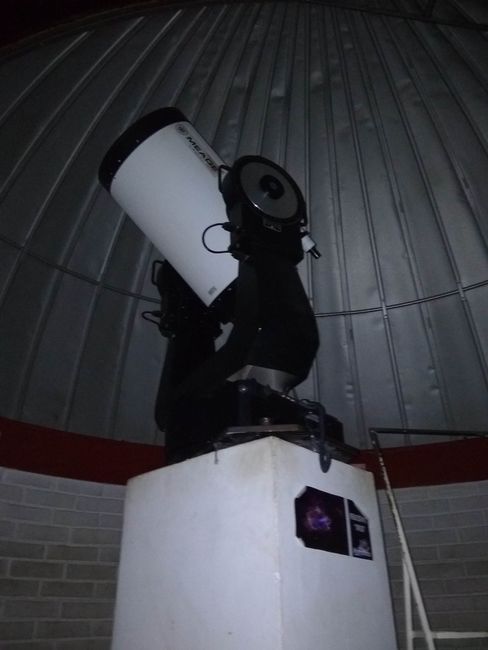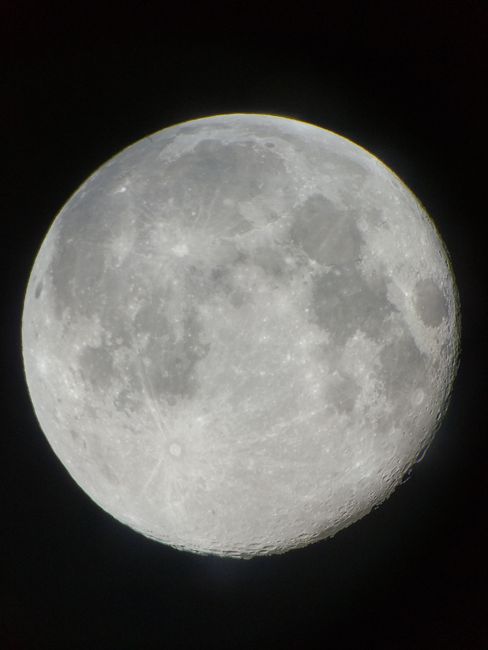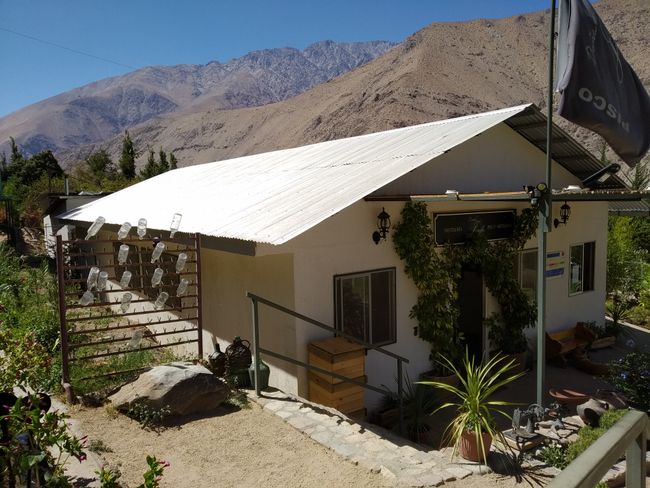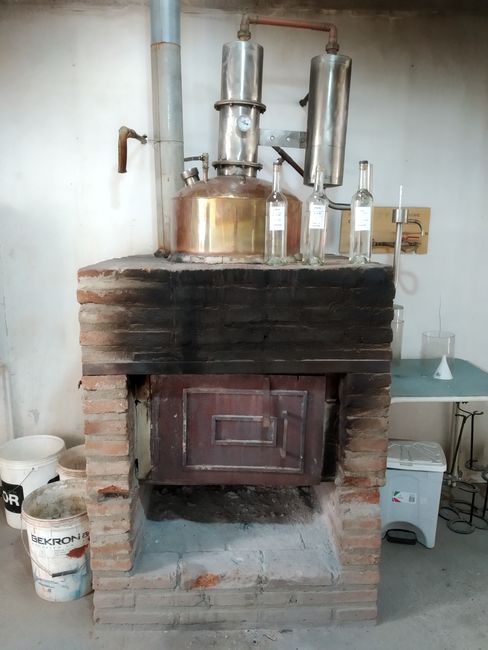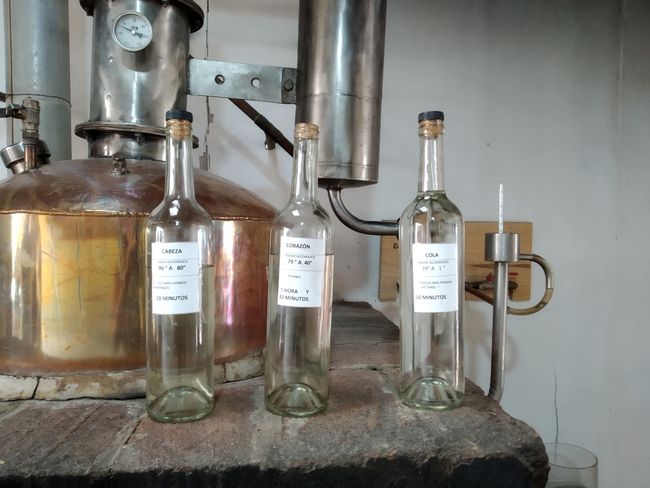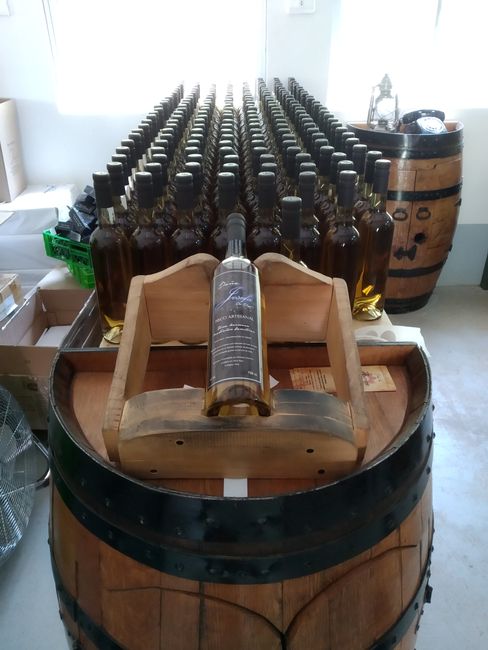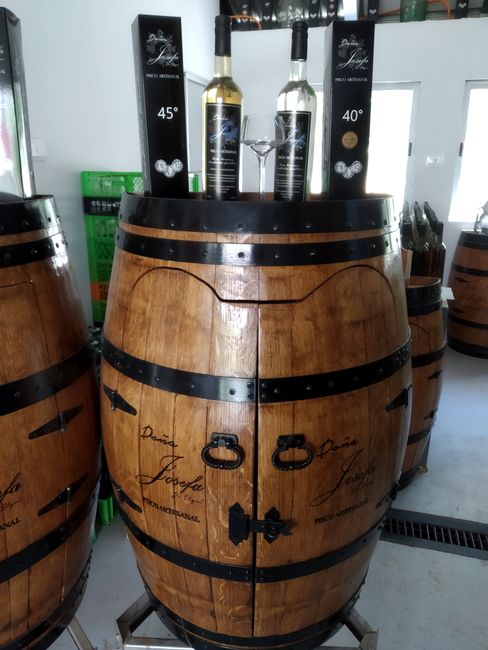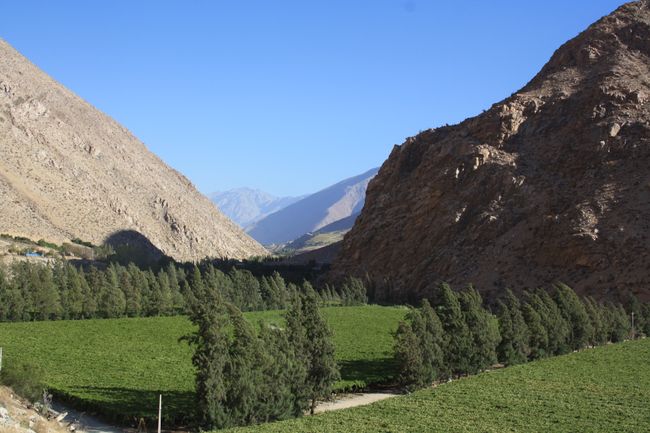Elqui Valley
Imechapishwa: 27.03.2019
Jiandikishe kwa Jarida
In the middle of the mountainous desert landscape, the Rio Elqui flows through a valley, bringing a lot of greenery with it, making the Elqui Valley practically a long oasis along the river. The river is mainly fed by the Andes, as it practically never rains in the valley (60mm per year) and the sun shines for 335 days a year.
These factors favor grape cultivation, and there is plenty of it. They are used less for making wine and more for making the legendary Pisco. Grape cultivation is therefore followed by a distillery. You can also visit one of these distilleries on a guided tour. We visited a small distillery (mainly because the tour is free ;-)) and the owner patiently explained the process of making Pisco. First, wine is made from the grapes, then a heap of sugar is added and the mixture is left to ferment. Then the mixture is heated over a fire, the alcohol evaporates, condenses in the upper part, and is piped into a separate tank. Three distillates are collected: the head (El Cabeza), the heart (El Corazon), and the tail (La Cola). The head and the tail are then aged in oak barrels for 6 months. This Pisco is used for mixing the famous Pisco Sour.
The heart is the 'good' Pisco that can be enjoyed straight. It is aged for 18 months in oak barrels, similar to most distilling processes.
By the way, Chile is in a dispute with Peru over the status of the origin country of Pisco.
The second landmark of the valley is the observatories. The sky here is always very clear, thanks to the cold sea of Chile. The sea washes the dust particles out of the air. That's why you can see an observatory on every mountain, which is often open for visitors. Chile is competing with South Africa, Australia, and New Zealand for the star supremacy, following the motto of 'who has the longest'.
When we visited the observatory, it was the night after a full moon, so our guide unfortunately couldn't show us any galaxies. However, we were able to see Mars, the moon, and some star clusters. We were actually allowed to look through the telescope ourselves and take pictures with our phones through the lens. Crazy!
Similar to Isla Chiloè, almost every property along the river in the valley is private, which made finding a place to stay a bit challenging.
Jiandikishe kwa Jarida
Jibu (2)
Ninjo
Und, wie schmeckt der PISCOS? Nach dem Motto: putzt den Rachen und hält Gesund oder eher nach - noch einen bitte -? Wieso Suche, hat's doch Berge links und rechts😎Josi
Also Pisco schmeckt pur nicht so wirklich aber ich mag Pisco sour UND das gibt's hier wirklich überall!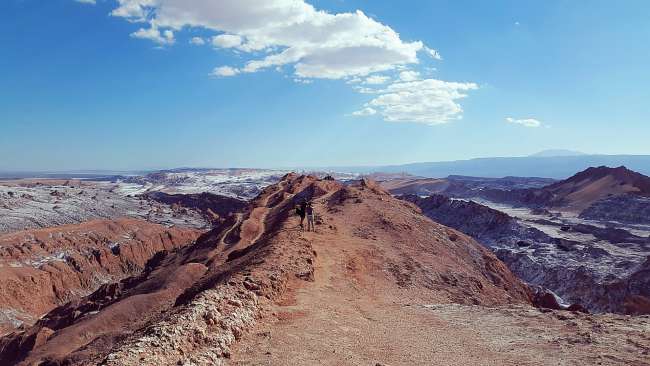
Ripoti za usafiri Chile
